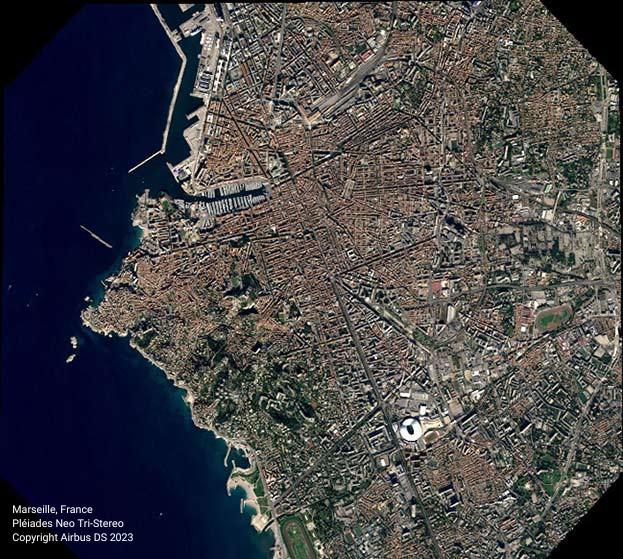Remote sensing, a powerful technology that allows us to gather information about the Earth’s surface or other objects from a distance, has revolutionized various fields, from environmental monitoring to urban planning. While it offers numerous advantages, it is crucial to acknowledge there are disadvantages of remote sensing that can feel like drawbacks. In this article, we will delve into the advantages and disadvantages of remote sensing and explore the factors that can impact its effectiveness.
Advantages of Remote Sensing
Unobtrusiveness
One of the primary advantages of remote sensing is its non-intrusive nature. Passive sensors record electromagnetic energy without disturbing the object or Area of Interest (AOI). This allows researchers to monitor natural phenomena without needing to alter their approach or behaviour.
Systematic Data Collection
Remote sensing facilitates systematic data collection, which can eliminate sampling bias. By consistently gathering information over time, researchers can create comprehensive datasets for analysis.
Scientific Knowledge
Remote sensing contributes to scientific knowledge by providing valuable information about the Earth’s surface. This includes data on location, depth, biomass, temperature, moisture content, and more. Researchers can use this information to understand various environmental processes better.
Large Geographic Coverage
Unlike traditional surveying methods, remote sensing can cover vast geographical areas efficiently. This broad coverage is especially useful for studying large-scale environmental changes and patterns.
Diverse Technologies
Remote sensing encompasses many technologies, including LiDAR (Light Detection and Ranging), stereoscopic aerial photography, RADAR measurements, and IFSAR (Interferometric Synthetic Aperture Radar) imagery. This diversity allows researchers to choose the most suitable technology for their specific needs.

Disadvantages of Remote Sensing
Human Involvement
Human involvement in processing remote sensing data, such as specifying resolutions, calibrating sensors, and selecting the appropriate platform, can introduce errors and bias into the data. Hiring a Geographic Information System (GIS) specialist can help limit human errors in the data you are collecting, as they are trained in analyzing and interpreting remote sensing and other types of geospatial data. If you don’t have a specialist on your team, working closely with customer support resources from your satellite imagery providers can help support your goals.
Intrusiveness
Didn’t you just write unobtrusiveness in the advantages section? While passive remote sensors are non-intrusive in a physical sense and cannot potentially damage an area or item by capturing imagery/data, some powerful active sensor systems emit their own electromagnetic radiation. This emission can interfere with the investigated phenomenon, potentially altering the data collected. Further research is needed to determine the extent of this intrusion. While it is not certain that the emission will interfere with the item it analyzes; it is a possibility.
Calibration Issues
Remote sensing instruments may become uncalibrated over time, leading to inaccurate data. Regular calibration and maintenance are essential to ensure data quality.
Costs
Remote sensing can become expensive, primarily due to the cost of hiring skilled analysts. The analysis and interpretation of remote sensing data require expertise, making it a significant budgetary consideration. Luckily, satellite data itself has become far more affordable in the market, particularly if you work with an aggregator like SkyWatch that provides the industry’s top providers without minimum spend contracts.

Conclusion
Remote sensing is undeniably a valuable tool for gathering spatial, spectral, and temporal information about our environment. However, it is essential to recognize its limitations and challenges. Researchers and practitioners must use remote sensing data judiciously, understanding that it is not a one-size-fits-all solution. By acknowledging the disadvantages of remote sensing and taking steps to mitigate them, we can harness the full potential of remote sensing while ensuring the accuracy and reliability of the information it provides.
If you’re looking to include satellite imagery in your next project, check out the Ultimate Satellite Imagery Guide for guidance.
Ready to get started? Start exploring geospatial data.





